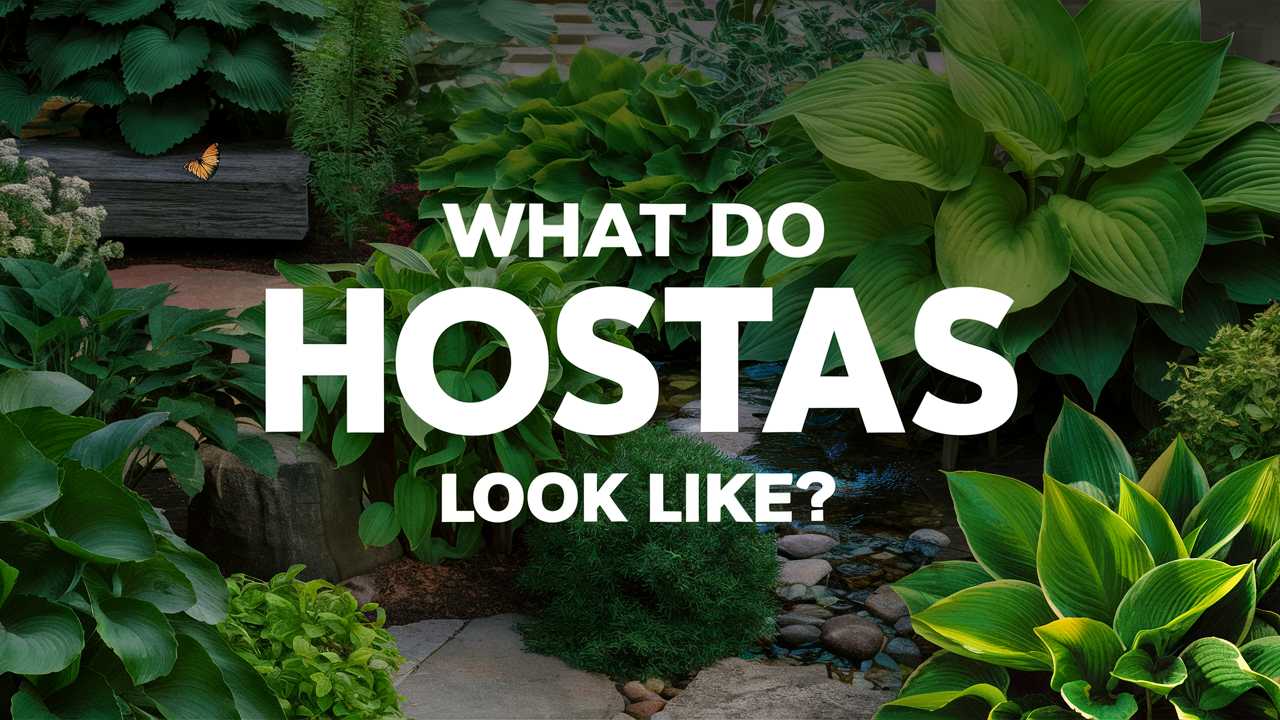What do hostas look like? This blog post looks at the rich variety of hosta appearances, their unique characteristics, and how to incorporate them into your garden.
An Introduction to Hostas
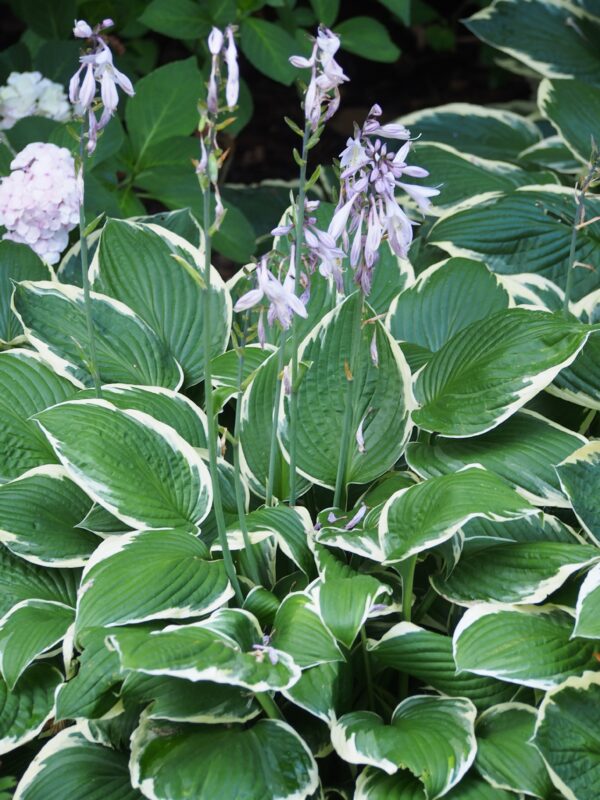
Hostas, also known as plantain lilies, are shade-loving perennials native to Asia, particularly Japan and China. They are prized for their diverse foliage rather than their flowers, although the blooms can be quite striking. These plants are part of the Asparagaceae family and come in various sizes, colors, and textures.
One of the key attractions of hostas is their dramatic foliage, which can range from deep green to blue-green, gold, and variegated patterns. With over 4,000 registered varieties, each hosta presents a unique aesthetic and charm, making them a staple in many gardens across the globe.
The Foliage: A Closer Look at Colors and Textures
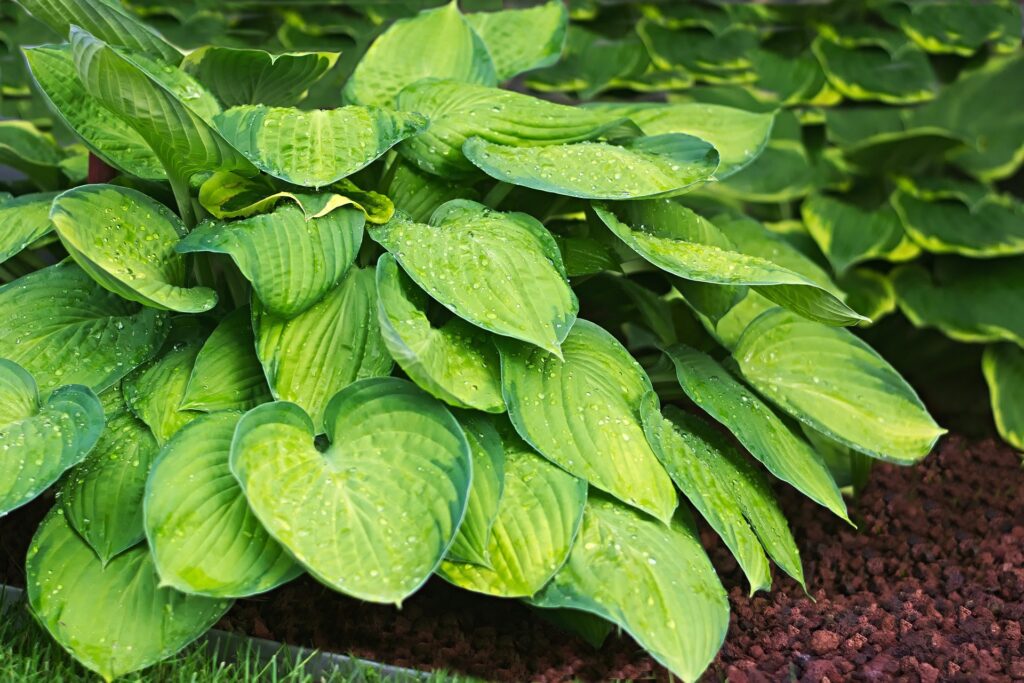
Varieties of Green
Hostas are often categorized by their shades of green. The traditional green hostas can vary significantly in hue and texture. Some varieties possess a soft, glossy surface, while others may have a more rugged, corrugated appearance. For instance, ‘Emerald Green’ showcases a classic dark green hue, lending a sense of depth and richness to any garden setting. On the other hand, ‘Lakeside Curly Fries’ offers a more whimsical look with its wavy, textured leaves that catch the light.
Blues and Grays
The blue-toned hostas are particularly popular due to their alluring, silvery appearance. The waxy coating on these leaves not only contributes to their stunning look but also protects them from pests and environmental stress. ‘Halcyon’ is celebrated for its thick, heart-shaped blue leaves, while ‘Blue Velvet’ provides a velvety texture that adds elegance to the garden.
Golds and Yellows
The vibrant golden hostas create a striking contrast against the rich greens and blues prevalent in many gardens. Varieties like ‘Sum and Substance’ and ‘Golden Tiara’ showcase dazzling shades of yellow, radiating warmth and cheerfulness. These hostas catch the sunlight beautifully, often appearing to glow during the day, making them perfect for beds where they can stand out as focal points.
Variegated Leaves
One of the most exciting aspects of hostas is their variegation. Variegated hostas feature two or more colors on their leaves, adding dimension and visual interest to any arrangement. ‘Patriot’ is a well-known variety that combines dark green edges with a bright white center, providing a classic look, while ‘Remember Me’ captivates with its unique blue-green and creamy yellow margin.
The Size and Shape Spectrum
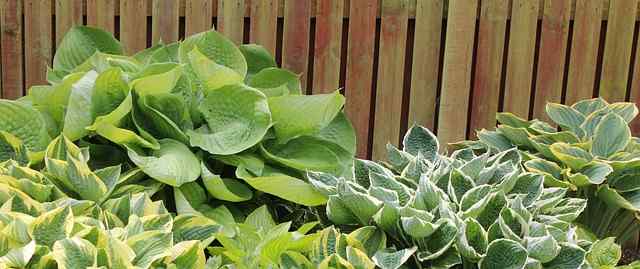
Small Hostas
For those with compact gardens or container plants, there are plenty of small varieties to consider. Miniature hostas, like ‘Mouse Ear’, have heart-shaped leaves and can grow to only a few inches tall, making them perfect as ground cover or for use in rock gardens. Their petite size allows them to thrive in small spaces while still featuring stunning foliage.
Medium Hostas
Medium-sized hostas are perhaps the most popular choice among gardeners, as they balance size and impact. Varieties such as ‘Blue Angel’ or ‘Krossa Regal’ can reach between 18 to 30 inches tall. Their robust leaves and presence can fill out shady areas without overwhelming the space, creating an inviting atmosphere with plenty of visual appeal.
Large Hostas
For those looking to create a dramatic focal point, large hostas can be breathtaking. Varieties like ‘Empress Wu’ can grow upwards of 36 inches high, with leaves that can grow up to 20 inches long. Their massive size creates a fantastic green canvas, allowing flowers or other plants to shine among them.
Flowering Characteristics

While hostas are primarily grown for their foliage, their flowers deserve attention too. Hostas generally bloom in mid-summer, producing tall spikes adorned with bell-shaped flowers. The blossoms can range from white to lavender, adding another layer of beauty to the plant.
Flower Coloration
The flower colors vary considerably among hosta varieties. ‘Royal Standard’ produces fragrant white flowers that attract pollinators, creating a harmonious connection between foliage and blooms. Meanwhile, ‘Blue Moon’ showcases charming lavender blooms that stand in beautiful contrast against its blue-green leaves.
Flower Shape and Height
The height of the flower spikes can differ significantly among hosta types. Some flowers rise only a foot above the foliage, while others, like ‘Dancing Queen’, can tower up to three feet high. This attribute offers gardeners the flexibility to create layered visual landscapes.
Ideal Growing Conditions for Hostas
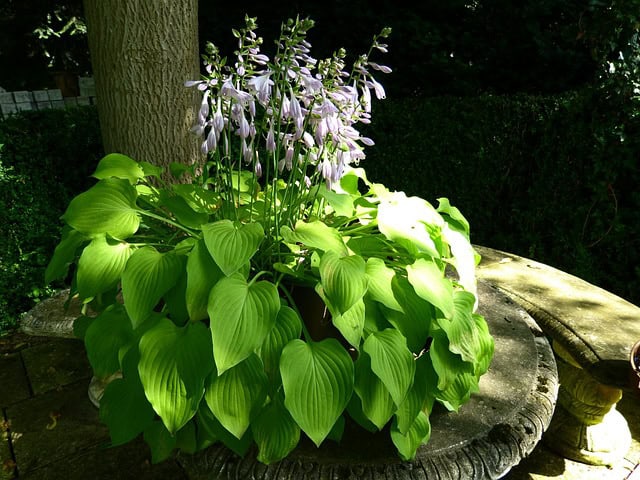
To achieve optimal growth and beauty in your hostas, certain conditions are beneficial to consider. Hostas thrive in shaded or partially shaded areas, making them perfect for spots under trees or near north-facing walls. Too much direct sunlight can scorch their leaves, particularly the lighter-colored varieties.
Soil Preferences
Hostas prefer rich, well-draining soil with ample organic matter. A loamy mix that retains moisture without becoming soggy is ideal. Incorporating compost can help boost soil fertility too, ensuring your hostas grow vibrant and healthy.
Watering Needs
Hostas typically require regular watering, especially in drier climates. Keeping the soil consistently moist—though not waterlogged—will support optimal growth. Avoiding overhead watering can help prevent diseases, especially in densely structured foliage.
Colorful Combinations: Pairing Hostas in the Garden
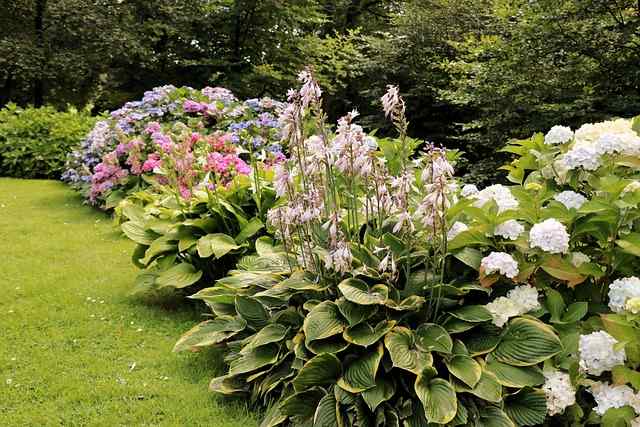
Hostas offer endless possibilities for creative garden designs. Their varied heights, shapes, and colors can create a harmonious blend or a striking contrast when paired alongside other plants.
Complementary Foliage
Consider pairing hostas with ferns or heucheras, whose delicate leaves and varied colors can complement the boldness of hostas. The light, airy quality of ferns juxtaposes nicely against the thick foliage of hostas, providing a balanced look.
Flowering Companions
To elevate the visual appeal further, integrating flowering perennials such as astilbes or bleeding hearts can add additional textures and pops of color amid the lush hosta leaves. The bright bursts of color from flowering plants can encapsulate the energy of a garden and draw the eye in.
The Appeal of Hostas in Landscaping
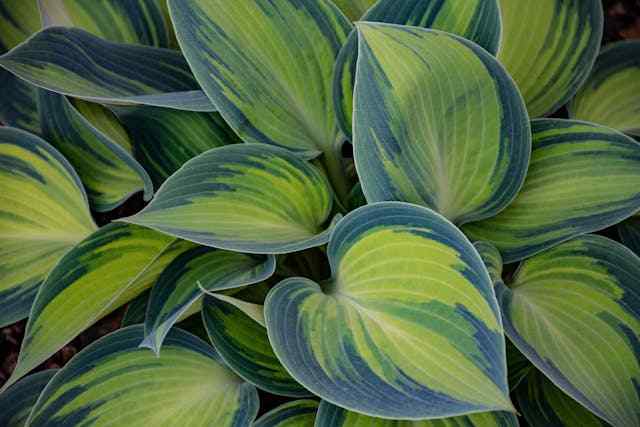
Low Maintenance Beauty
One of the compelling attributes of hostas is their low maintenance nature. Once established, they require relatively little care, making them a favorite among busy gardeners. They are resistant to pests and diseases, often thriving in various environments as long as their basic needs are met.
Versatile Design Options
Whether you’re aiming for a serene woodland garden, a vibrant perennial border, or even container arrangements, hostas lend themselves beautifully to various design scenarios. The flexibility of size and foliage type allows you to create personalized landscapes that reflect your style while adding value and beauty to your space.
Seasonal Interest
As the seasons change, so does the beauty of hostas. Their lush foliage offers summer interest, while the flowers attract pollinators and add an unexpected hue. Come autumn, as the leaves begin to die back, their fading colors remind gardeners of the seasonal transitions, adding depth to the garden’s narrative.
Conclusion: The Allure of Hostas
In summary, hostas are the quintessence of versatility and beauty in the landscape. Their stunning foliage, diverse color palettes, and unique shapes come together to form an elegant presence in gardens. Whether you’re a novice gardener or an experienced horticulturist, the rich variety in hostas can fit your aesthetic aspirations and practical needs.


